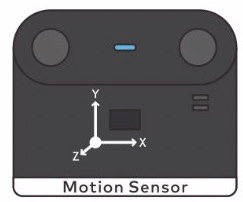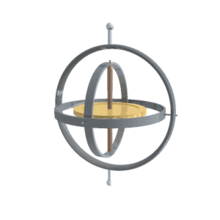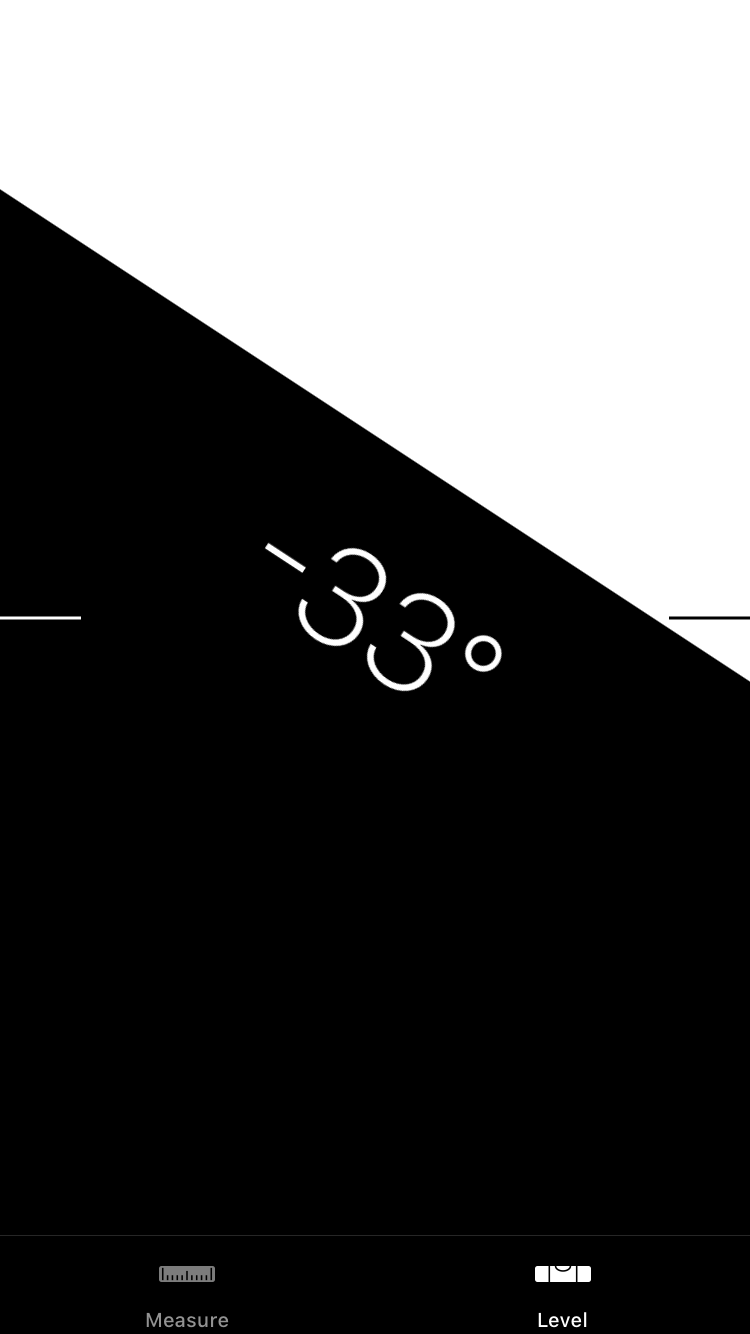The motion sensor consists of a 3-axis gyroscope and 3-axis accelerometer and can detect the motion, acceleration, and vibration of an object.

Axes and angles
| Axis | Angle name | Angle range |
|---|---|---|
| X | Pitch | –180° to +180° |
| Y | Roll | –90° to +90° |
| Z | Yaw | –180° to +180° |
Working principle
If you search for gyroscopes on the Internet, the following figure is most likely to be found.
This is a theory based on the conservation of angular momentum. A gyroscope is a mechanism used to sense and maintain directions. It is mainly composed of a rotatable rotor that is located at the axis. Due to the angular momentum of the rotor, once the gyroscope begins to rotate, there is a tendency to resist the change of direction. Such gyroscopes are used in early navigation systems.
In modern electronic products, thanks to the thriving of the microelectromechanical technology and due to the limitation of volume, microelectromechanical systems (MEMS)-based gyroscopes are widely used. It is small in volume and can be directly soldered to a PCB. That’s why we can produce a motion sensor with the dimensions of 24 × 20, in millimeters.
The working principles of these two types of gyroscopes are quite different, but what you need to know is that they can more realistically reflect the posture and motion state of an object in space.
Real-life example
- The gyroscope used in Nintendo Switch enables you to play somatosensory games.

- iPhone uses a gyroscope to implement its Level function.

Specifications
- Dimensions: 24 × 20 (mm)
- Angle precision:±1 (degree)
- Acceleration detection range: ±8g
- Operating current: 18 mA

